The Future of Cleaning: A Look at the Latest Robot Vacuum Technologies
In the battle against dust, staying abreast of the latest robot vacuum technologies is imperative. These advancements offer unparalleled efficiency and effectiveness in maintaining cleanliness in homes and workplaces. With features like advanced mapping capabilities, improved suction power, and self-emptying bins, the latest robot vacuum technologies promise to revolutionize the way we tackle dust. These devices are equipped with sophisticated sensors and AI algorithms, allowing them to adapt to various floor types and navigate obstacles with ease. Investing in the latest robot vacuum technologies not only ensures thorough cleaning but also saves time and effort. To dominate dust in today’s fast-paced world, embracing these cutting-edge innovations is essential for maintaining pristine environments.
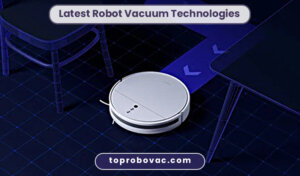
Advancements in Technology
Smart navigation
The latest robot vacuums have smart navigation systems that allow them to move around the house quickly. They use a combination of sensors, cameras, and mapping technology to create a map of the environment and plan the most efficient cleaning path.
Improved suction power
With the advancement in technology, the improved suction power of robot vacuums has significantly increased. These vacuums now come with powerful motors that can pick up even the most minor dust and dirt particles, providing a deeper and more thorough cleaning.
Voice control and integration with smart home devices
Voice commands can now control many robot vacuums through virtual assistants like Amazon Alexa or Google Home. It allows users to start, stop, or schedule cleaning sessions without physically interacting with the device. They can also be integrated with other smart home devices, such as thermostats and lighting, to create a truly connected home.
Advanced sensors and mapping capabilities
The latest robot vacuums have advanced sensors that allow them to detect and avoid obstacles in their path. They can also create detailed maps of the environment. It allows for a more efficient and effective cleaning process.
Longer Battery Life and Self-Charging
One of the most significant advancements in robot vacuum technology is improved battery life. The latest models can run for several hours on a single charge, which means they can clean larger areas without needing to be recharged as often. Additionally, many robot vacuums now come with self-charging capabilities, meaning they will return to their charging dock when the battery is low and automatically resume cleaning once charged.
Different Types of Robot Vacuums
Traditional robot vacuums
Traditional robot vacuums clean your home’s floors, carpets, and other surfaces. They typically come with various features, such as smart navigation, improved suction power, and advanced sensors. Some models also come with features such as HEPA filters, which are great for people with allergies or asthma.
Robotic mops
Robotic mops are newer robot vacuums that can both vacuum and mop floors. They come with a water tank and a mop attachment, which allows them to clean and sanitize floors. These devices can be handy in areas with spills or heavy traffic.
Robot window cleaners
As the name suggests, robot window cleaners clean windows, mirrors, and other surfaces in your home. They use advanced sensors and mapping technology to navigate and clean the feelings effectively. They are an excellent option for people who want to avoid the hassle of cleaning windows manually.
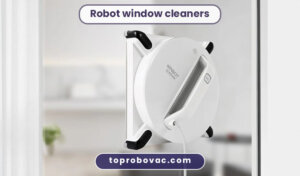
Robot Lawn Mowers
Robot lawnmowers cut grass in your yard. They use advanced sensors and mapping technology to navigate the yard and cut the grass precisely and efficiently. Some models also come with features such as obstacle detection and self-charging capabilities. These devices can be handy for people who want to maintain a well-manicured lawn without spending much time and effort.
Future of Cleaning
Advancements in AI
With the advancements in artificial intelligence, robot vacuums have become even more advanced, efficient, and effective. AI can improve navigation, mapping, and obstacle detection capabilities, allowing for a more precise and efficient cleaning process. AI can also adapt to the cleaning needs of different environments, such as adjusting the suction power for other surfaces or identifying and avoiding obstacles.
Increased efficiency and effectiveness
With technological advancements, robot vacuums have become even more efficient and effective in cleaning. They will be able to cover larger areas in less time and pick up more dirt and debris than ever before. Additionally, they will be able to adapt to different environments and cleaning needs, providing a more customized cleaning experience.
Impact on the Cleaning Industry
These devices’ increased efficiency and effectiveness will become a more common tool in residential and commercial cleaning. It could decrease the need for manual labor. However, it could also increase demand for maintenance and repair services for robot vacuums.
Conclusion
This article discusses the latest robot vacuum technologies, including navigation, improved suction power, voice control, and integration with smart home devices. These advancements have made robot vacuums more advanced, efficient, and effective.
With technological advancements, robot vacuums will heavily impact the future of cleaning. They will become more advanced, efficient, and effective and adapt to different environments’ cleaning needs. For purchasing a robot vacuum, look for models with advanced features such as smart navigation, improved suction power, and advanced sensors and mapping capabilities.
Frequently Asked Questions
Q. How do robot vacuums navigate around the house?
Robot vacuums use a combination of sensors, cameras, and mapping technology to create a map of the environment and plan the most efficient cleaning path. It allows them to clean all areas of the house.
Q. Can robots vacuum clean carpets and hardwood floors?
Yes, most robot vacuums clean both carpets and hardwood floors. However, some models may be more suited for one surface.
Q. Can I control my robot vacuum with my voice?
Voice commands can now control many robot vacuums through virtual assistants like Amazon Alexa or Google Home. It allows users to start, stop, or schedule cleaning sessions without physically interacting with the device.
Q. Will robot vacuums replace human labor in the cleaning industry?
Technological advancements have made robot vacuums more advanced, efficient, and effective. It could decrease the need for manual labor.
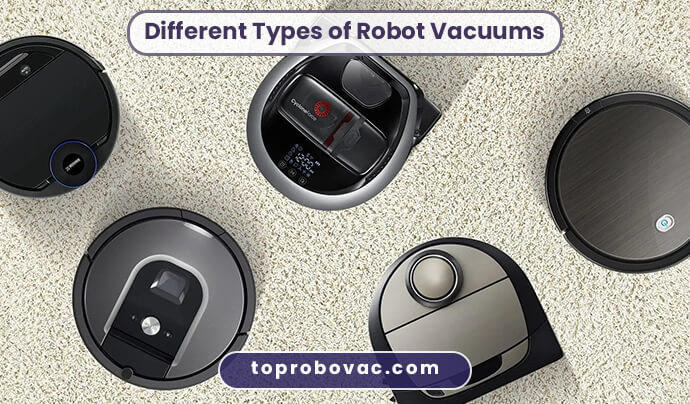
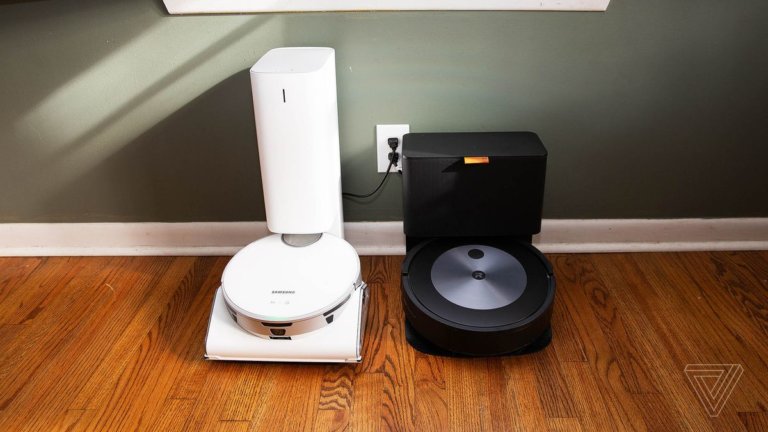
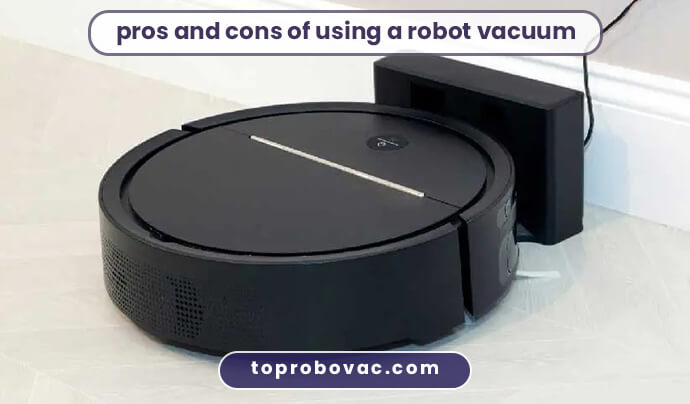

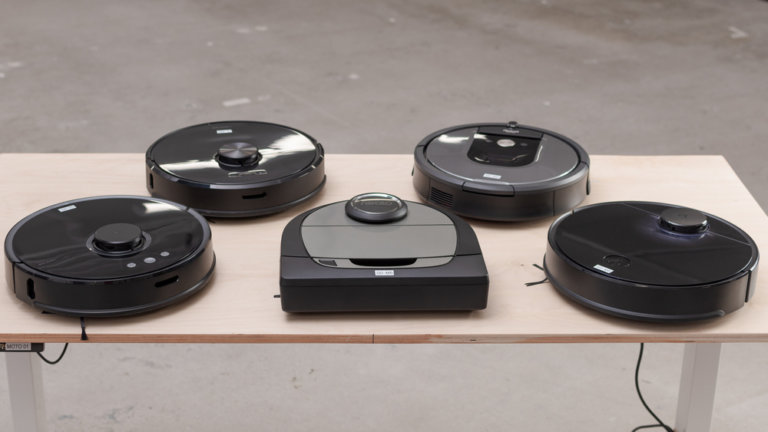
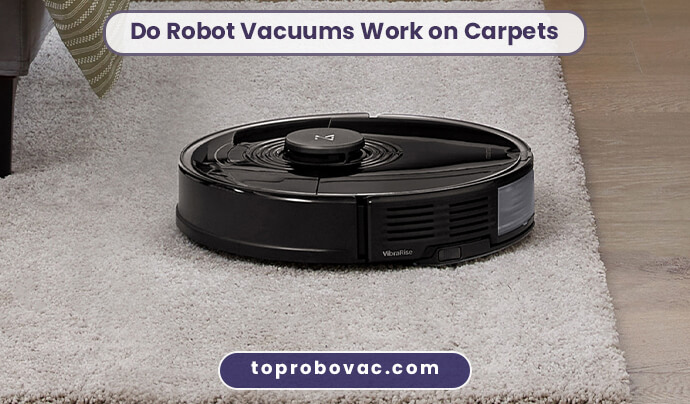
When I originally left a comment I seem to have clicked on the -Notify me when new comments are added- checkbox and from now on every time a comment is added I get four emails with the same comment. Is there a means you are able to remove me from that service? Kudos!